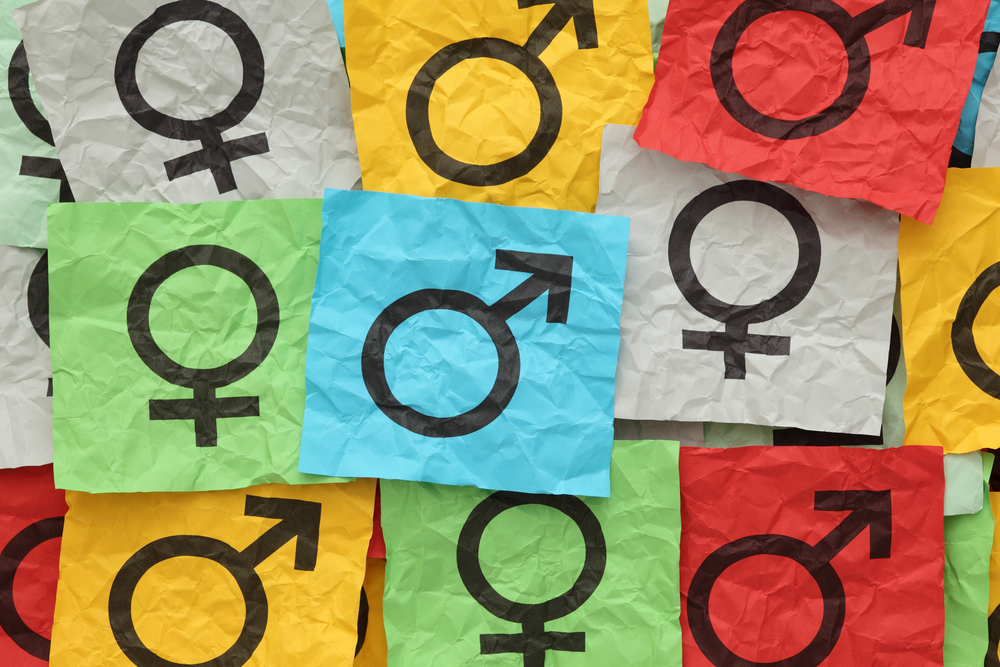Household Bills
Gender pay gap in the UK is getting worse

As we celebrate International Women’s Day, research reveals that the gender pay gap has become even more pronounced.
Hardly the way to celeberate International Women’s Day as a report from ‘big four’ accountancy firm PwC reveals that the UK had dropped from ninth to fourteenth on the firm’s annual index of women’s employment outcomes in OECD nations, as a result of the gender pay gap widening from 12% in 2020 to 14.4% in 2021.
That 2.4 percentage point growth was four times the typical increase seen across the OECD.
The PwC study found that the UK remains the leading economy among G7 nations for overall employment outcomes for women, though the gap from second place Canada has narrowed.
The role of rising childcare costs
Progress towards gender pay parity has reversed since the pandemic, with female labour force participation dropping by 0.4 percentage points between 2020 and 2021. PwC noted that this came at a time of labour market recovery across the OECD, with the firm suggesting that the women were being priced out of work altogether due to the rising costs of childcare.
Its research found that childcare costs in the UK, relative to average income, are among the highest in OECD countries. Net childcare costs here represent almost a third of average family incomes, compared with as little as 1% in Germany.

Wellness and wellbeing holidays: Travel insurance is essential for your peace of mind
Out of the pandemic lockdowns, there’s a greater emphasis on wellbeing and wellness, with
Sponsored by Post Office
Childcare costs in the UK have grown substantially in recent years, with average nursery costs rising by more than 20% since 2015, according to PWC. This comes at a time when average weekly earnings have risen by only 14%.
Regional disparities
The PWC analysis found that Northern Ireland is the top performer when it comes to the gender pay gap, with a gap of only 5%, as well as the third highest full-time employment rate for female workers across the UK at 64%.
However, it has the lowest female labour force participation rate of any region in the UK at 70%.
The South West took second spot, with Scotland in third.
Priced out of work
Larice Stielow, senior economist at PwC, pointed out that an 18-year-old woman entering the workforce today would not see pay equality during her working lifetime, noting that at the current rate it will take more than 50 years to reach gender pay parity.
She continued: “The motherhood penalty is now the most significant driver of the gender pay gap and, in the UK, women are being hit even harder by the rising cost of living and increasing cost of childcare.
“With this and the gap in free childcare provision between ages one and three, more women are being priced out of work. For many, it is more affordable to leave work than remain in employment and pay for childcare, especially for families at lower income levels.”
Research earlier this month revealed that the gender pay gap tends to get worse after the age of 35, while two million women earn less than the real living wage.
It’s not just the gender pay gap which is damaging women’s financial health; a study from TotallyMoney found that women on average have a 10 point lower credit score than men, a gap which lasts throughout their lifetime, which locks them out of more than 10 million mainstream financial products.